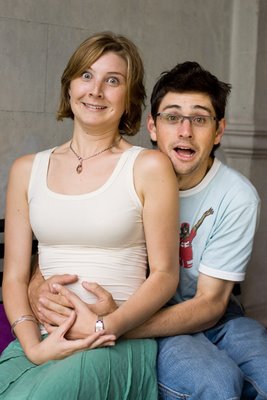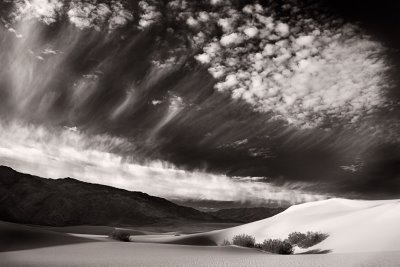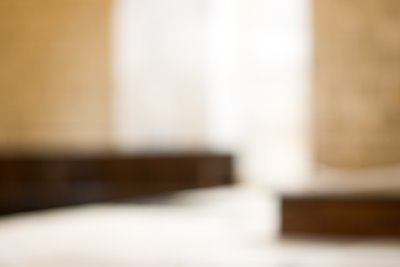As I've mentioned before, I didn't really pick my camera up at all between February and October this year. Going to Kate's wedding got me back on track, but I think more I was inspired by Craig Tanner's podcasts at the Radiant Vista on creativity and in particular, journaling. This is something based on the book, the Artist's Way and I've been trying the daily morning pages ritual to see how it works for me.
The original approach suggests writing long hand in a journal each day, for 12 weeks. Being techie I decided to pass on the handwritten aspect, as my handwriting is terrible. Instead, I've started a private blog that I write in each day. The goal for each day is '3 pages' and I struggled with what this meant in a blog. I've found that '3 pages' is just 'a significant amount' of writing. Not something that can be dashed off in 5 minutes, but not something so onerous that you don't get it done in half an hour or an hour.
I'm also suspicious that it has aspects of flow involved in it, where in general working in a concentrated way for at least 15 minutes is required to reach that engaged state of mind where time slips away and you become much more productive. In many ways for me, the morning pages seem to be a daily reaching out to engage that flow state of mind, which tends to stay with me for the rest of the day. Sort of mental yoga to get in touch with that creative side.
So each morning, I type and talk to myself for 20 minutes or so. Hopes, fears, some creative ideas, some whinging about aches and pains and the state of the weather (you can tell I'm British I suppose). It is all free form, stream of consciousness type of writing. Nothing particularly profound or literate.
But, I've been doing this for the past week and suddenly I find I'm making progress on a personal photo project that had been stalled, writing more in this public blog and addressing fears head on. I'm approaching people and asking to take their portrait. They aren't saying no! It seems that things that would bother me and fester in my brain seem silly and easy to address when taken out, dusted down and written on a page. So once I've pulled the idea or fear, or fear of an idea, out and there for me to see, I come up with ways to make it happen. I think the attention makes me realise it is something I want to do, then I take the time to work out what the next step to realising that idea is and make it happen. Doing that day in, day out helps move things along.
I'm still nervous about a lot of the things I'm reaching out and trying to do, but I'm actually doing them now. Rather than just being too blocked up to even make the attempt. Powerful stuff, for just typing for 20 minutes a day. I'm also finding it makes me much more willing to write other things, such as long, rambling blog posts like this. I'm more inspired to pick up my camera and go see. I think the act of writing, or creativity encourages more creativity. I'm excited to see where the next 12 weeks lead.
 Another addition to the 'friends' project. This was a simple grab shot while out for lunch. It was shot under a wide, bright yellow umbrella in Key West. The light was very even but with a bit of a strange colour cast to it. A bit of tweaking with the 'photo filters' in Photoshop brought it back close to normal then I treated it with the same partial desaturation toning that I'm using for all of the pictures in this series.
When I started out with this, I wanted to use a consistent treatment to tie the various portraits together visually, as well as them being related through the subjects being friends of mine. The partial desaturation is interesting to me as it is really a tonal palette that is only available in the digital world and not something that was particularly common with film.
Another addition to the 'friends' project. This was a simple grab shot while out for lunch. It was shot under a wide, bright yellow umbrella in Key West. The light was very even but with a bit of a strange colour cast to it. A bit of tweaking with the 'photo filters' in Photoshop brought it back close to normal then I treated it with the same partial desaturation toning that I'm using for all of the pictures in this series.
When I started out with this, I wanted to use a consistent treatment to tie the various portraits together visually, as well as them being related through the subjects being friends of mine. The partial desaturation is interesting to me as it is really a tonal palette that is only available in the digital world and not something that was particularly common with film.














